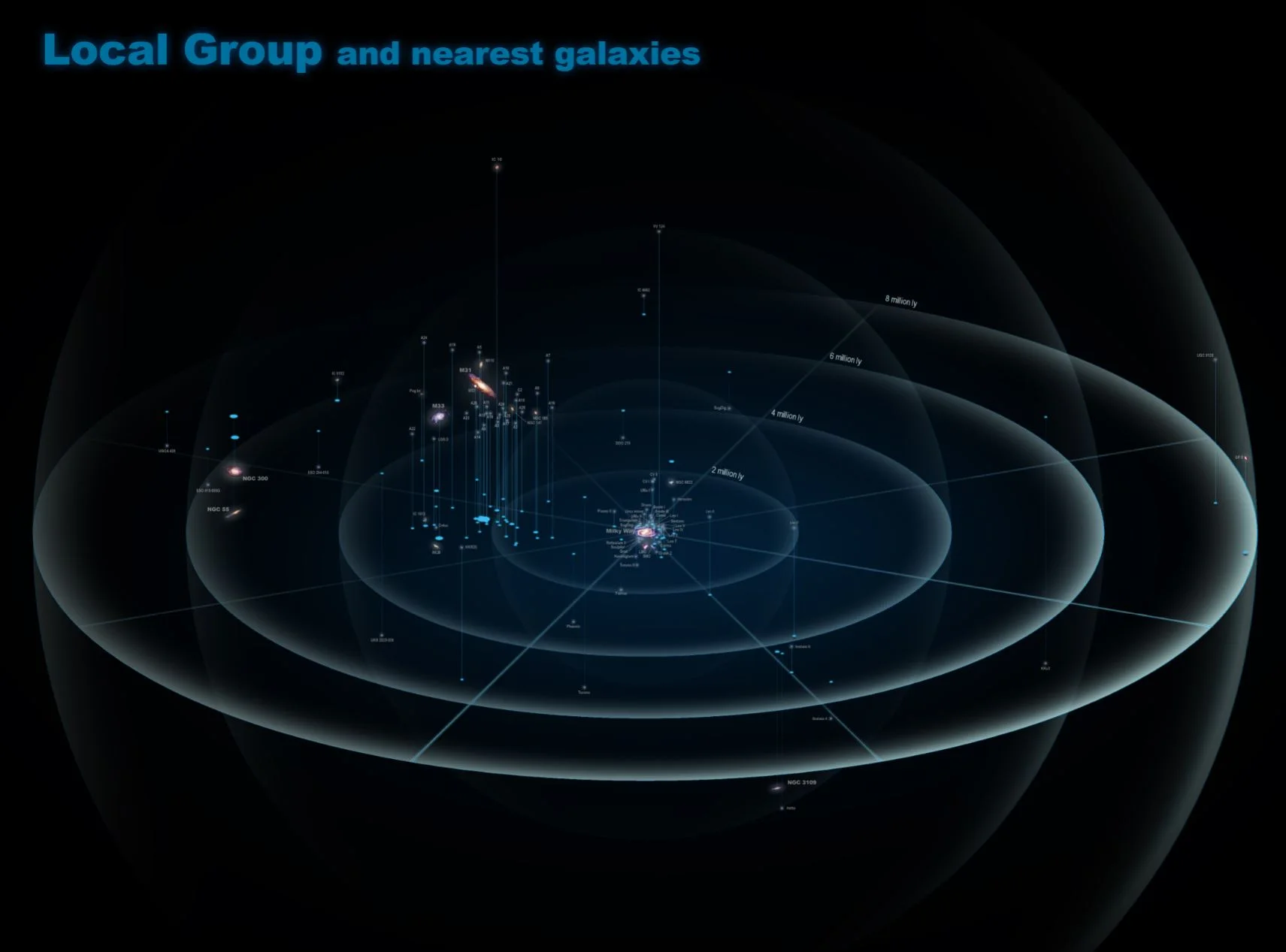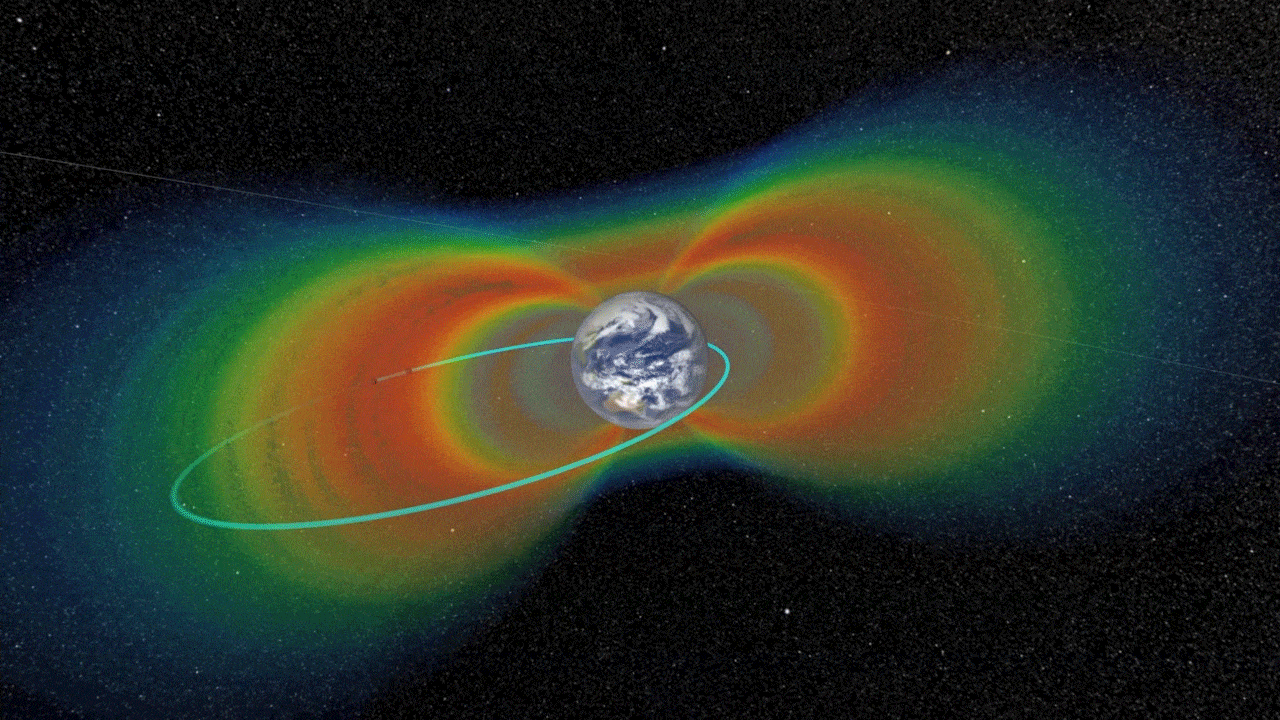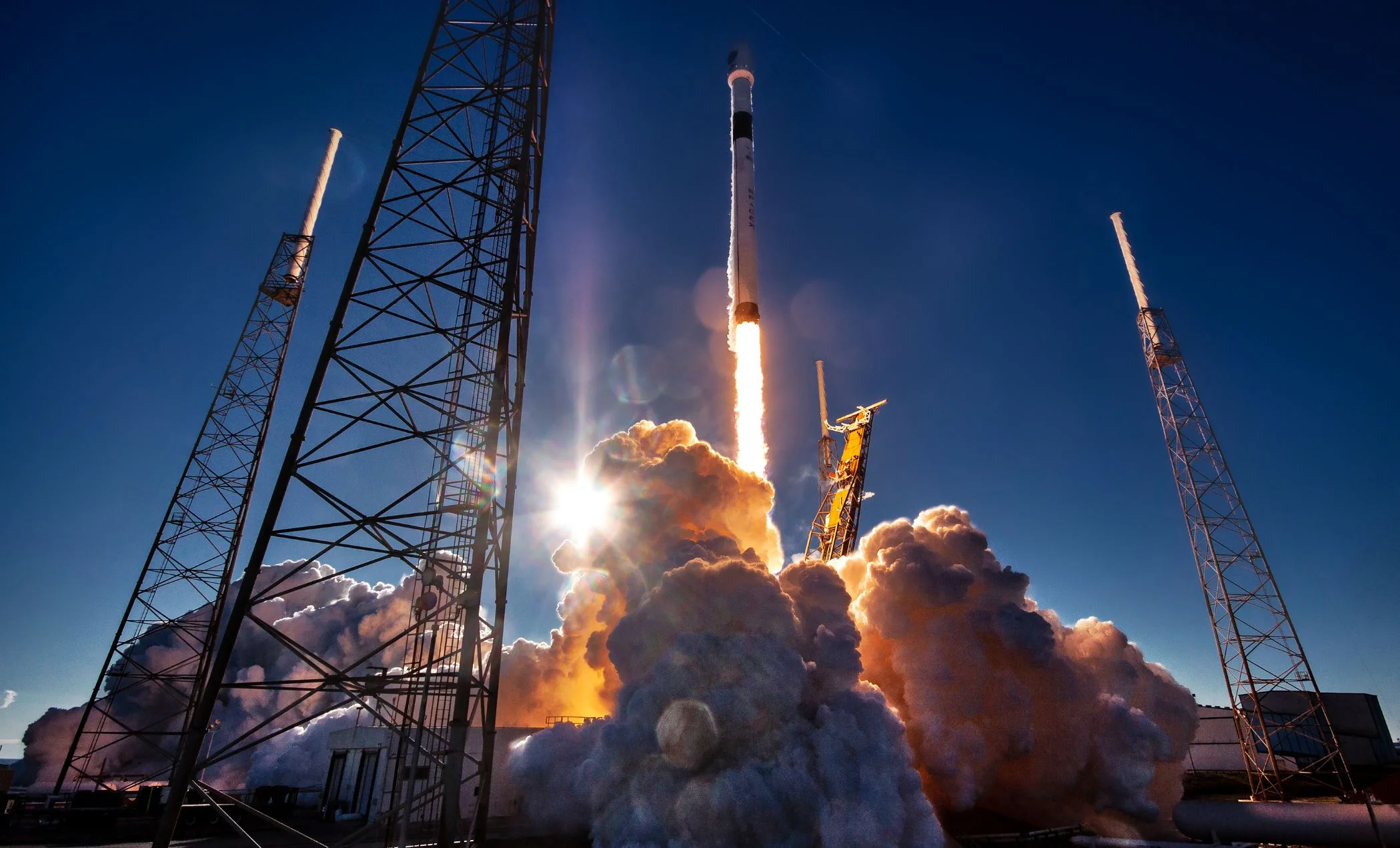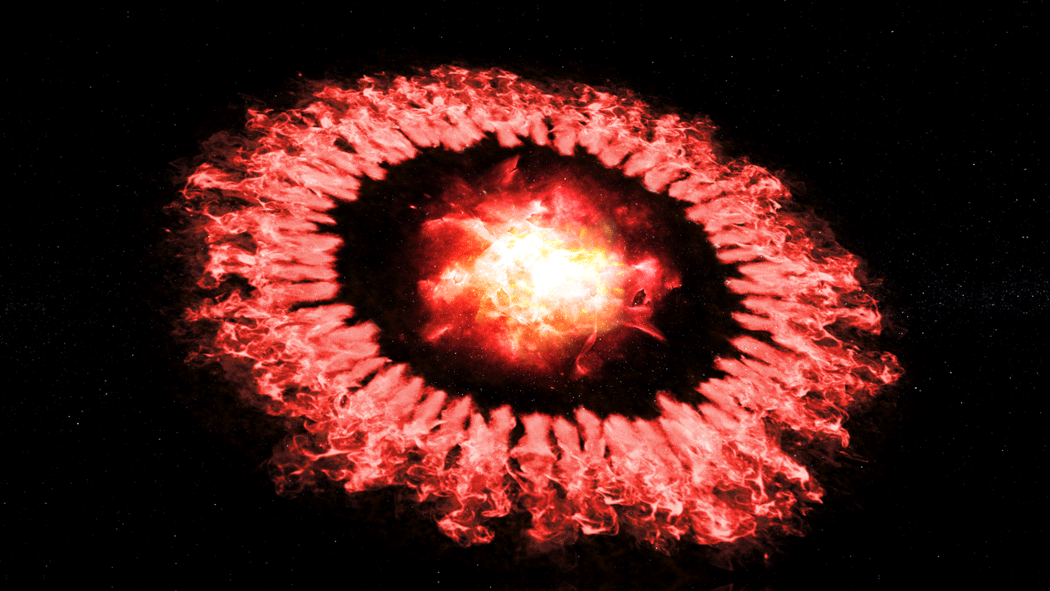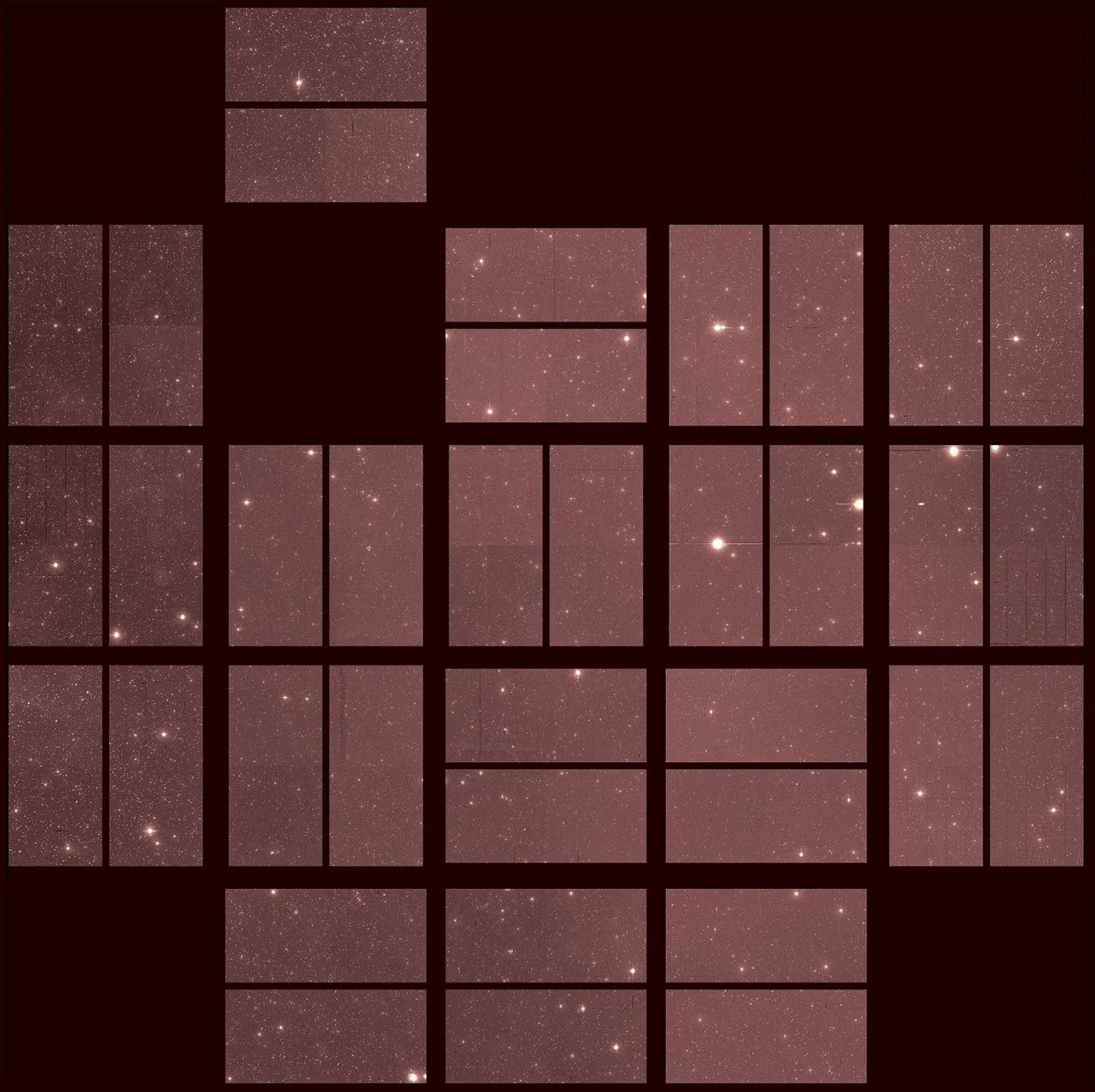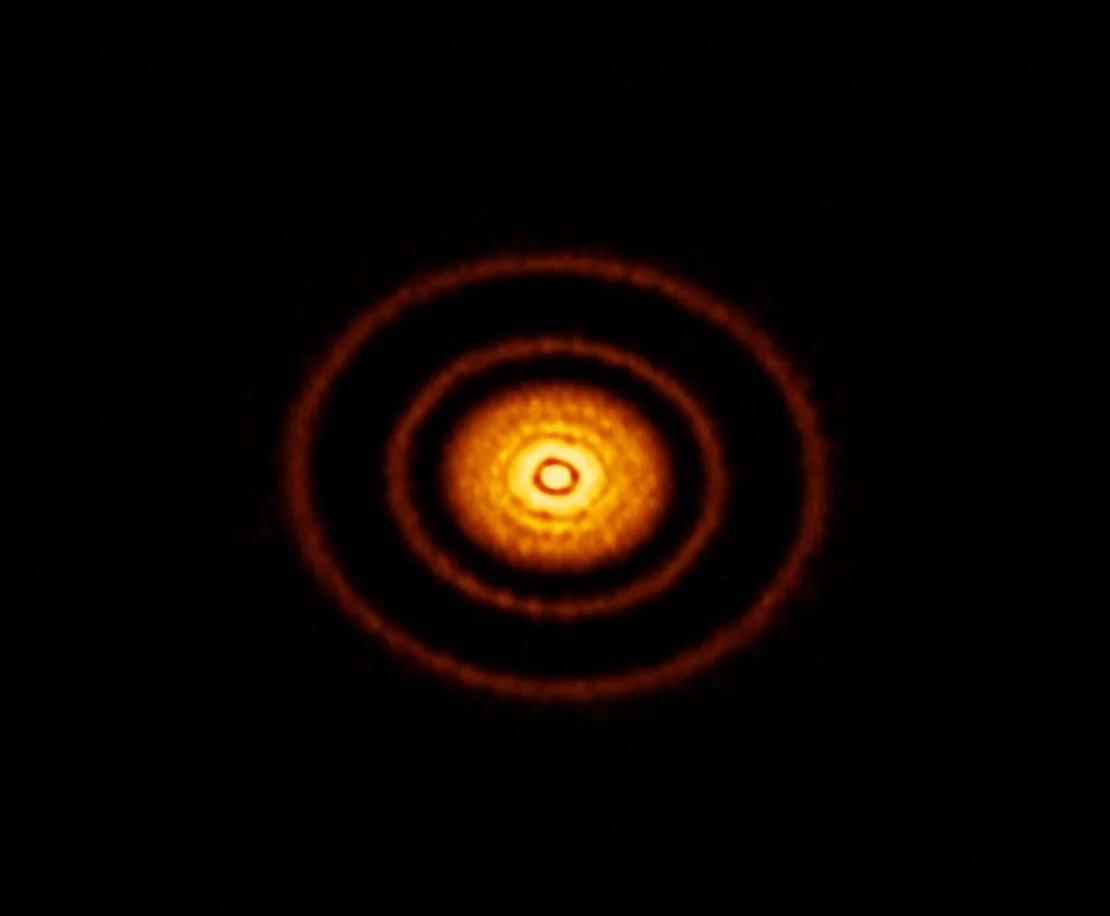Astronomers have spent decades looking for something that sounds like it would be hard to miss: about a third of the "normal" matter in the Universe. New results from NASA's Chandra X-ray Observatory may have helped them locate this elusive expanse of missing matter.
Farewell, Opportunity: rover dies, but its hugely successful Mars mission is helping us design the next one
NASA’s Opportunity rover on Mars has been officially pronounced dead. Its amazingly successful mission lasted nearly 15 years, well beyond its initial three-month goal. Opportunity provided the first proof that water once existed on Mars and shaped its surface, a crucial piece of knowledge informing both current and future missions.
InSight has Placed its Heat Probe on the Martian Surface. The Next Step is to Jackhammer Down 5 Meters and Hope it Doesn’t Encounter a Large Rock
NASA's Record-Setting Opportunity Rover Mission on Mars Comes to End
Thanks to Gaia, We Now Know Exactly When We’ll be Colliding with Andromeda
Astronomers have known for some time that the Milky Way and the Andromeda galaxies will collide on some future date. The best guess for that rendezvous has been about 3.75 billion years from now. But now a new study based on Data Release 2 from the ESA’s Gaia mission is bringing some clarity to this future collision.
We’ve discovered the world’s largest drum – and it’s in space
Universities in the US have long wrangled over who owns the world’s largest drum. Unsubstantiated claims to the title have included the “Purdue Big Bass Drum” and “Big Bertha”, which interestingly was named after the German World War I cannon and ended up becoming radioactive during the Manhattan Project
NASA’s Van Allen Probes Begin Final Phase of Exploration in Earth's Radiation Belts
Two tough, resilient, NASA spacecraft have been orbiting Earth for the past six and a half years, flying repeatedly through a hazardous zone of charged particles around our planet called the Van Allen radiation belts. The twin Van Allen Probes, launched in August 2012, have confirmed scientific theories and revealed new structures and processes at work in these dynamic regions. Now, they're starting a new and final phase in their exploration.
Here’s a Clever idea. Build Moon Bases in Craters and then Fill them in with Lunar Regolith
In the coming decades, multiple space agencies are planning to send astronauts to the lunar surface. More than that, between the European Space Agency (ESA), the China National Space Administration (CNSA) and Roscomos, there are multiple plans to construct permanent outposts on the Moon. Perhaps the best-known of these is the ESA’s plan to build an International Lunar Village,
NASA Finds Possible Second Impact Crater Under Greenland Ice
A Star’s Outburst is Releasing Organic Molecules Trapped in the ice Around it
According to widely-accepted theories, the Solar System formed roughly 4.6 billion years ago from a massive cloud of dust and gas (aka. Nebular Theory). This process began when the nebula experienced a gravitational collapse in the center that became our Sun. The remaining dust and gas formed a protoplanetary disk that (over time) accreted to form the planets.
How Big Would a Generation Ship Need to be to Keep a Crew of 500 Alive for the Journey to Another Star?
There’s no two-ways about it, the Universe is an extremely big place! And thanks to the limitations placed upon us by Special Relativity, traveling to even the closest star systems could take millennia. As we addressed in a previous article, the estimated travel time to the nearest star system (Alpha Centauri) could take anywhere from 19,000 to 81,000 years using conventional methods.
Why the Future of Solar Power Is from Space
Over seven decades ago in 1941, Isaac Asimov wrote a short story, “Reason” (PDF), in which energy captured from the sun was transmitted via microwave beams to nearby planets from a space station. Flash forward to today, scientists are looking to make that very science fiction dream a reality for Earth.
ESA is Planning a Mission to the Smallest Spacerock Ever Visited: the Moon of an Asteroid
For some small minority of humans, Death By Asteroid is a desirable fate. The idea probably satisfies their wonky Doomsday thinking. But for the rest of us, going out the same way the dinosaurs did would just be embarrassing. Thankfully, the ESA’s Hera mission will visit the smallest spacerock ever, and will help us avoid going the way of the dinosaurs.
A revolution in a sentence – the future of human spaceflight in America
Dust Survives Obliteration in Supernova 1987A
Two Newly-Discovered Exoplanets are Probably the Result of a Catastrophic Collision
Kepler’s Final Image Shows A Galaxy Full Of Possibilities
NASA’s Kepler space telescope may be retired, but the discoveries continue to rack up for this historic planet-hunting mission. Kepler rang in the new year with several new planet discoveries, including a previously overlooked planet of an unusual size, as well as a super Earth and a Saturn-sized world orbiting a Sun-like star.
We discovered a warped and twisted disc of young, massive stars at the edge of our Milky Way
Safe havens for young planets
Though concentric rings — shown here in particularly beautiful clarity — are a common substructure among such discs, their widths, separations, and number can vary greatly. It’s still unclear how these substructures form, and how planets emerge from them. Quantifying and studying these similarities and differences was a motivator for constructing ALMA, and was the main objective of DSHARP. These details may hold clues to the type of planetary system that will eventually emerge.
Dark matter may not actually exist – and our alternative theory can be put to the test
Scientists have been searching for “dark matter” – an unknown and invisible substance thought to make up the vast majority of matter in the universe – for nearly a century. The reason for this persistence is that dark matter is needed to account for the fact that galaxies don’t seem to obey the fundamental laws of physics. However, dark matter searches have remained unsuccessful.





